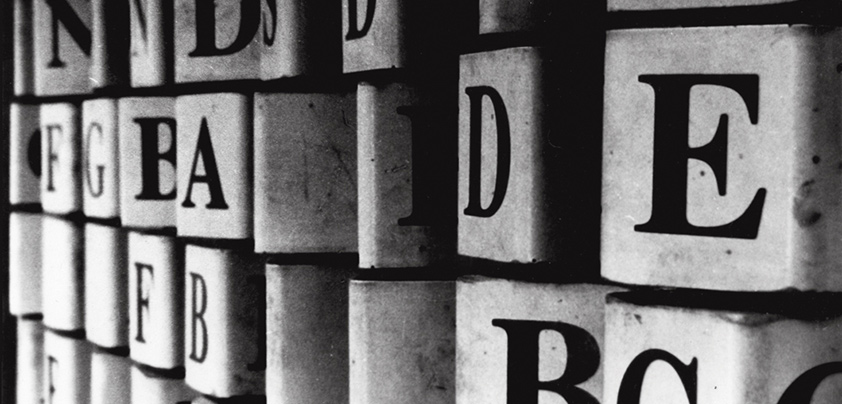The Best Fonts for Content Heavy Web Pages
When it comes to the Internet, content is king. That is more true today than it has ever been, as change after change has punished poor quality thin content and rewarded meaningful and useful information. With every new tweak of the search engine algorithms, quality content becomes more and more important. If you are not paying attention to the content on your website and the useful information you provide to your readers, it is only a matter of time before your site drops in the rankings and your passive income starts to disappear. It is therefor of importance to choose the best fonts.
Adding content rich pages to your website is one of the best ways to improve your search results and drive more customers through your virtual doors, but simply writing good content is not enough. You need to make sure the content on your website is easy to read and access as well as engaging and interesting.
You might not think that something as simple as the font would make much of a difference, but the font you choose can have a major impact on the readability of your site and the reputation of your company. While there is no one font all webmasters should use, there are a few basic rules you should follow when updating your site and bringing additional pages onboard.
Whether you are working with an already content heavy website or building new pages from scratch, it is best to keep things simple. When creating the content, you should use short simple paragraphs designed with web readers in mind. These short paragraphs and sentences are easier to read and absorb, and since many readers skim websites quickly this kind of format tends to have the greatest impact.
Simplicity and understatement are just as important when it comes to choosing fonts. Simple and uncomplicated fonts work best on most websites, but they are even more important when designing for a content heavy page.
Fonts like Verdana, Arial, MS San Serif and Times New Roman are all good choices for content heavy web pages. These fonts render well on most devices – not only computers but the tablets and smartphones so many web readers use these days.
Mobile friendly design is becoming increasingly important for web developers, and the importance of responsive design is only expected to grow in the future. The recent Mobilegeddon update to the Google search algorithm is only the latest proof that online content needs to be mobile friendly, and your choice of fonts can help here as well.
In addition to the fonts named above, typefaces like Open Sans, Old Standard TT, Lato, PT Serif and Ubuntu are all great choices for content heavy sites that need to be mobile friendly. Using the right font is even more important when designing a website for mobile use, since content heavy pages can look particularly cluttered on tiny smartphone and tablet screens. By using a font known to be mobile friendly, you can make things easier for your readers and keep them coming back for more.

Discussions — No responses yet